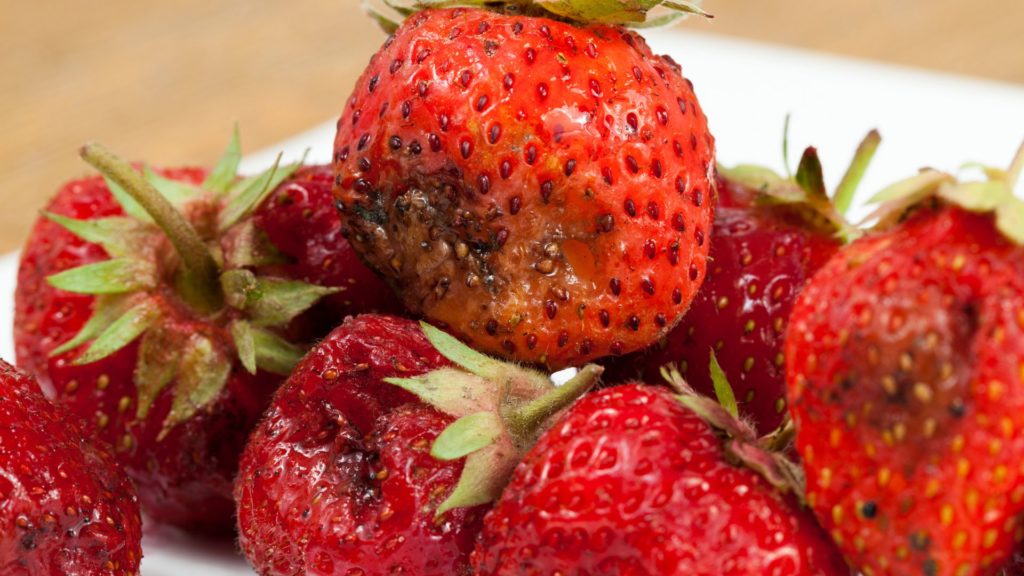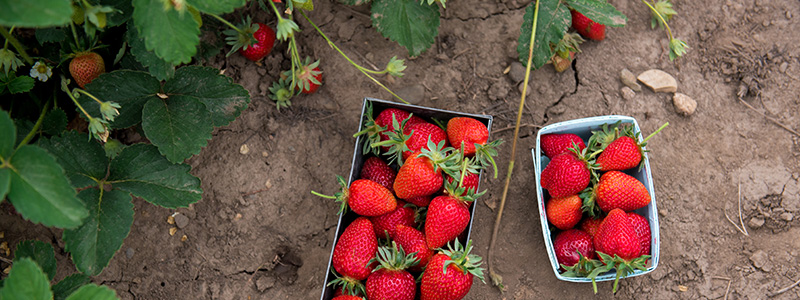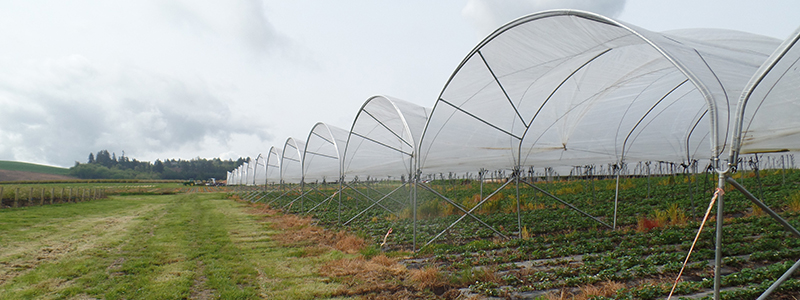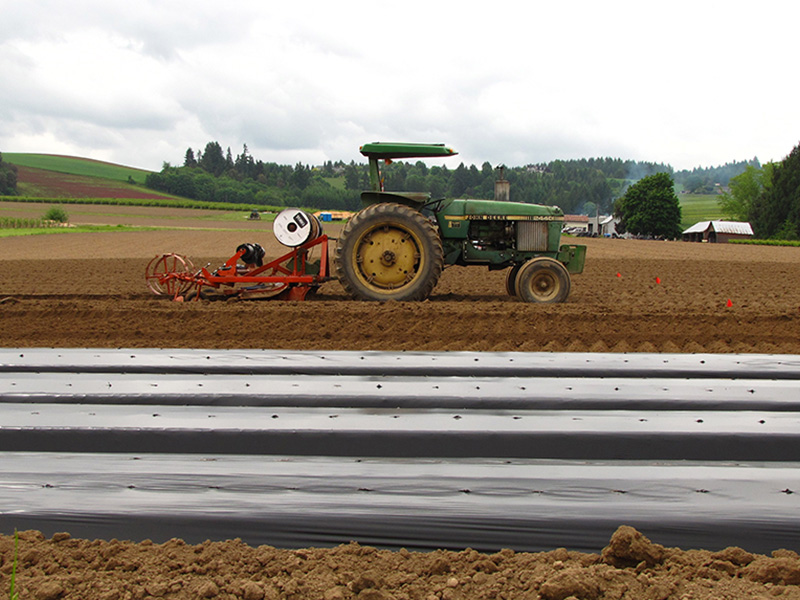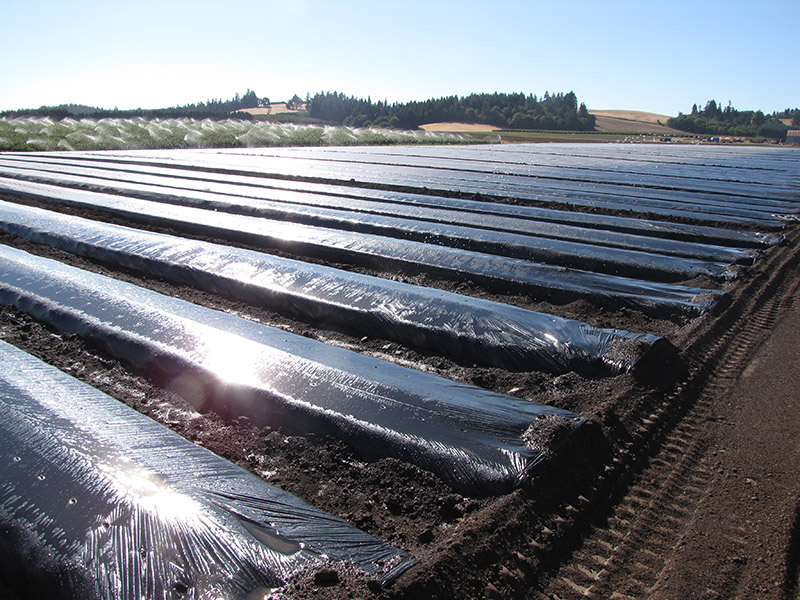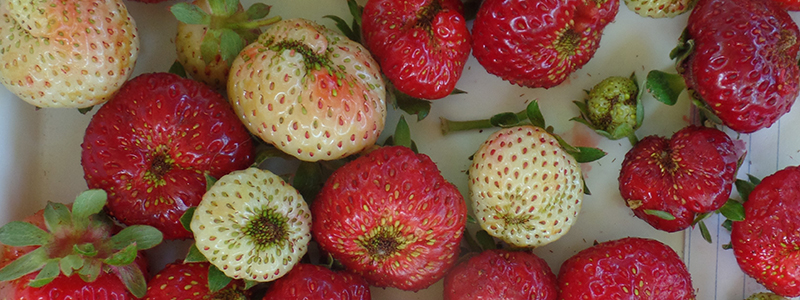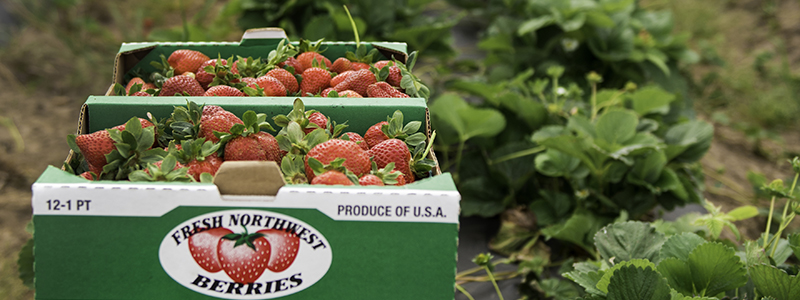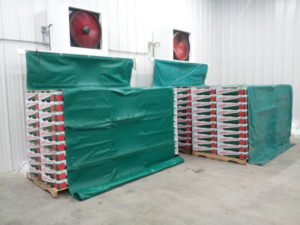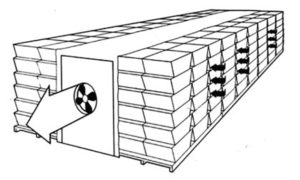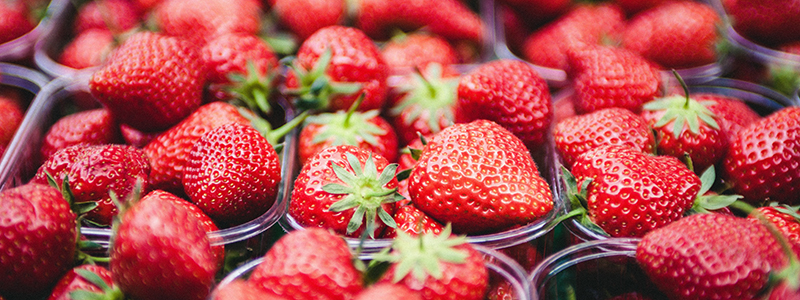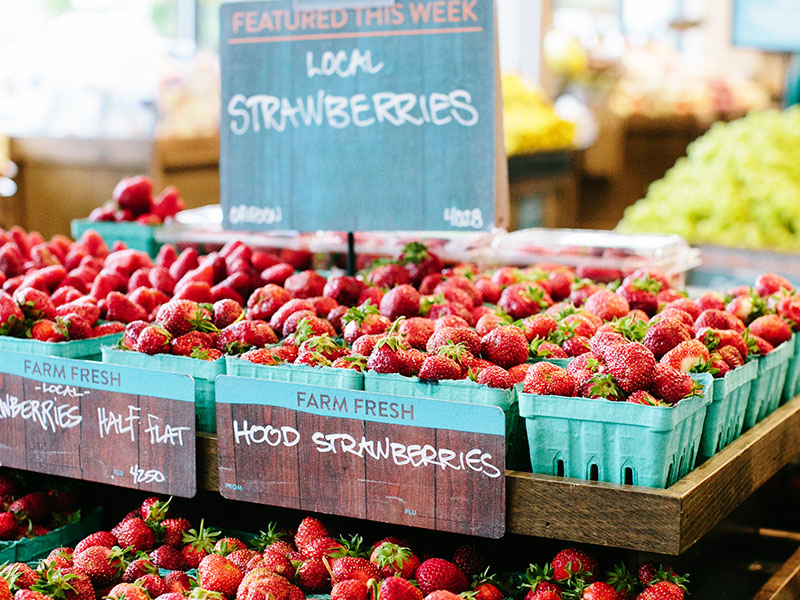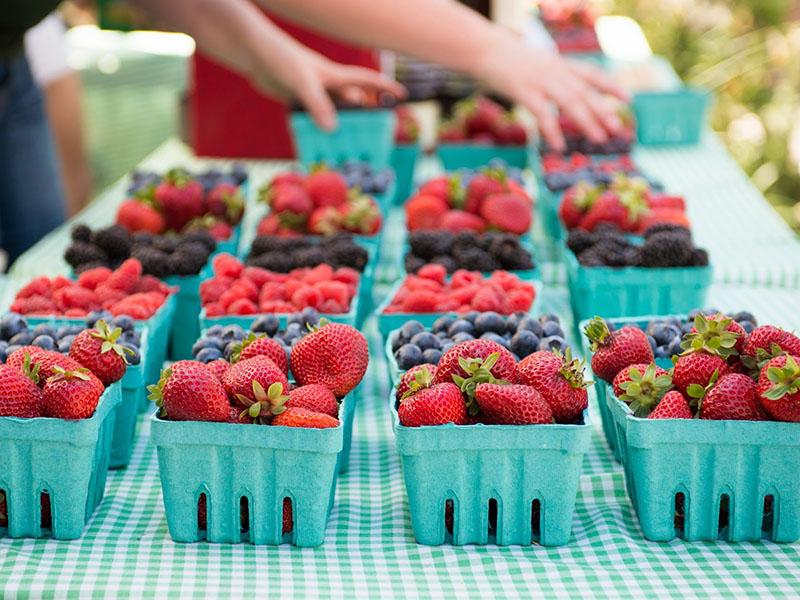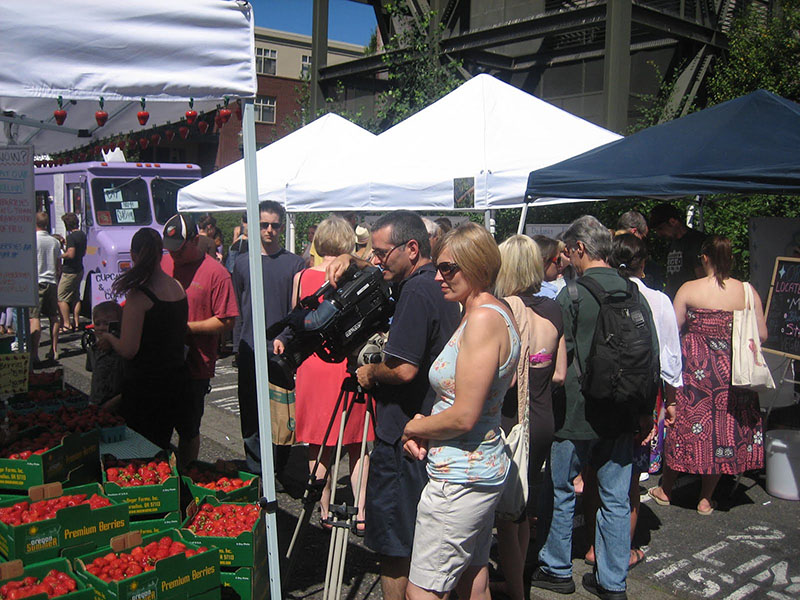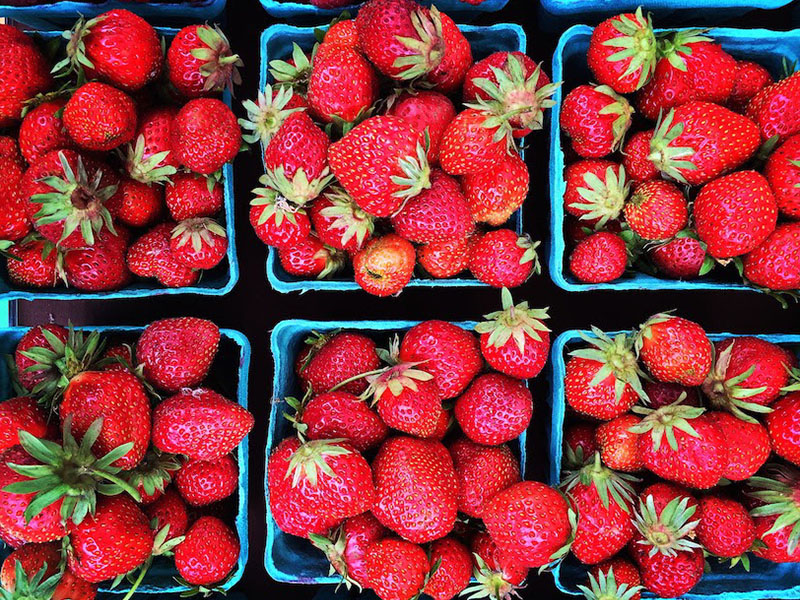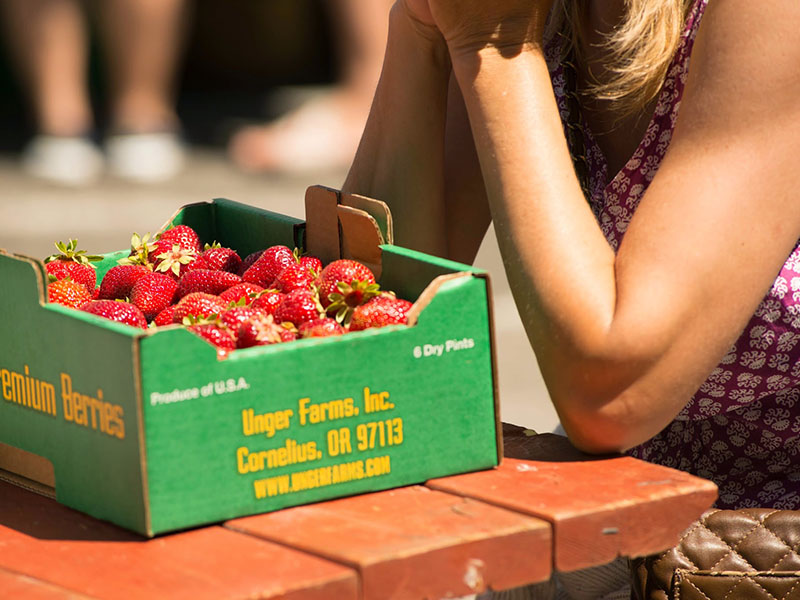
There is nothing more perfect than fresh strawberries on a hot summer day. Their alluring sweetness and delicious taste simply make life better. Unfortunately, it won’t last long at room temperature without developing pesky mold spores. Therefore, continue reading this article and learn more about the best way to store strawberries so they last longer.
What is The Best Way to Store Strawberries So They Last Longer?
The best way to extend the life of this super-tasty fruit is to store it in the refrigerator as soon as possible. Rarely does a method compare to this one, although to be honest, there are many others that have proven effective, this one is our personal favorite.
When storing, it would be best in a single layer in a hermetically sealed container. Learn more about the process itself in simple steps that we have written just for you.
Step #1: Wash them only immediately before consumption
Some people don’t like to put unwashed fruit in the fridge but trust us, you should skip washing it before storing it because you are only contributing to moisture build-up that eventually results in the formation of pesky mold spores.
Step #2: Keep them whole
In short, whole strawberries last longer than those cut into smaller pieces. As you can guess, humidity is the main culprit. It would be best if the entire basket remains exactly as you bought it. It is even recommended that the tip of their green leaves remain intact. All this together contributes to prolonging their life.
Step #3: Line them with paper towels
Always cover the container in which you keep them with paper towels so that they absorb excess moisture both from the fruit itself and from the entire refrigerator. In this way, you will reduce the formation of mold.
Step #4: Always in single layer
Don’t stack strawberries on top of each other, and especially avoid piling them up and crushing them in order to fit as many of them as possible in one container and take up as little space in the refrigerator as possible. A lot of strawberries in one bowl will not kill two birds with one stone, but it will contribute to the rapid spread of mold from berry to berry.
Step #5: Tightly seal & store
Carefully seal the strawberries in an airtight container and store them in the refrigerator. This is actually the best way to store strawberries so they last longer because they are guaranteed to stay fresh for seven days or longer.
However, if you are a passionate lover of this fruit like us, we believe that strawberries will not remain uneaten for long.
To Conclude
According to our experience so far, the best way to store strawberries so they last longer is to store unwashed berries in the refrigerator. Just make sure you do it in one layer, cover them with a paper towel, and store them in an airtight container. Simple as that!
If you find yourself with a bunch of these berries and don’t know what to do with them, we think we have the perfect solution for you, bake a cake! Check out some of our favorite strawberry cheesecake recipes, we are sure they will satisfy even the pickiest of palates.
–
Author’s bio
Karen Rutherford is founder and editor in chief at Recipeska. You will often find her in the kitchen trying out some new recipes. As a pâtissière and baking enthusiast, Karen has decided to share her knowledge with the internet audience and provide the best tips and recipes for baking and decorating your favorite sweets.

